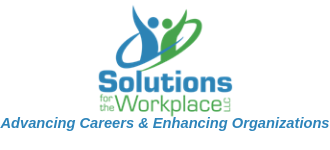All of us fantasize about leaving our jobs at some point. Before doing anything rash, it’s a good idea to think why you want to make a change. Here are 10 things to think about before deciding to call it quits:
- Is it really our job that’s the problem or something else? There are ways to improve your relationships and/or situation at work that do not require you to up and leave.
- Are you required to do something you can no longer do? For example, traveling 3 weeks out of 4 might have been fine when you were younger, but it’s wearing on you now
- Can you see yourself still doing your job for the next several years? Or does it fill you with dread?
- Is the job making you physically ill? Are you being bullied? Harassed? Something else? Yes, you could stay and fight but there is definitely a psychic cost to that.
- Are you overwhelmed all the time? Can you no longer handle the responsibilities or volume of work expected? Is this a temporary situation or one likely to go on for the foreseeable future? No job is worth making yourself sick over.
- Are you appreciated by your bosses and/or peers at least some of the time? Do you like the people you work with? Or is your work thankless? This is not just about money…thank you’s are nice too!
- Are you staying in the job because you’re afraid to change? If so you may want to discuss this with someone you trust.
- Are your skills being used? If not, is there the potential for your skills to be used at some point? Is that possibility enough?
- Is there new leadership or a new boss? Are you aligned with their vision? Have you given it time to actually decide?
- Do you have a Plan B? If you need to work, do you have another job? Are your career documents up to date? Its always better to look for a new job when you have one.
If any of the above apply to you, its time to think about your next steps; you need to update your career documents and start networking! Begin to think about what you want in your next job or career. Write it down and hold yourself accountable. Make sure that you moving toward something better and not just running away from your current situation.
